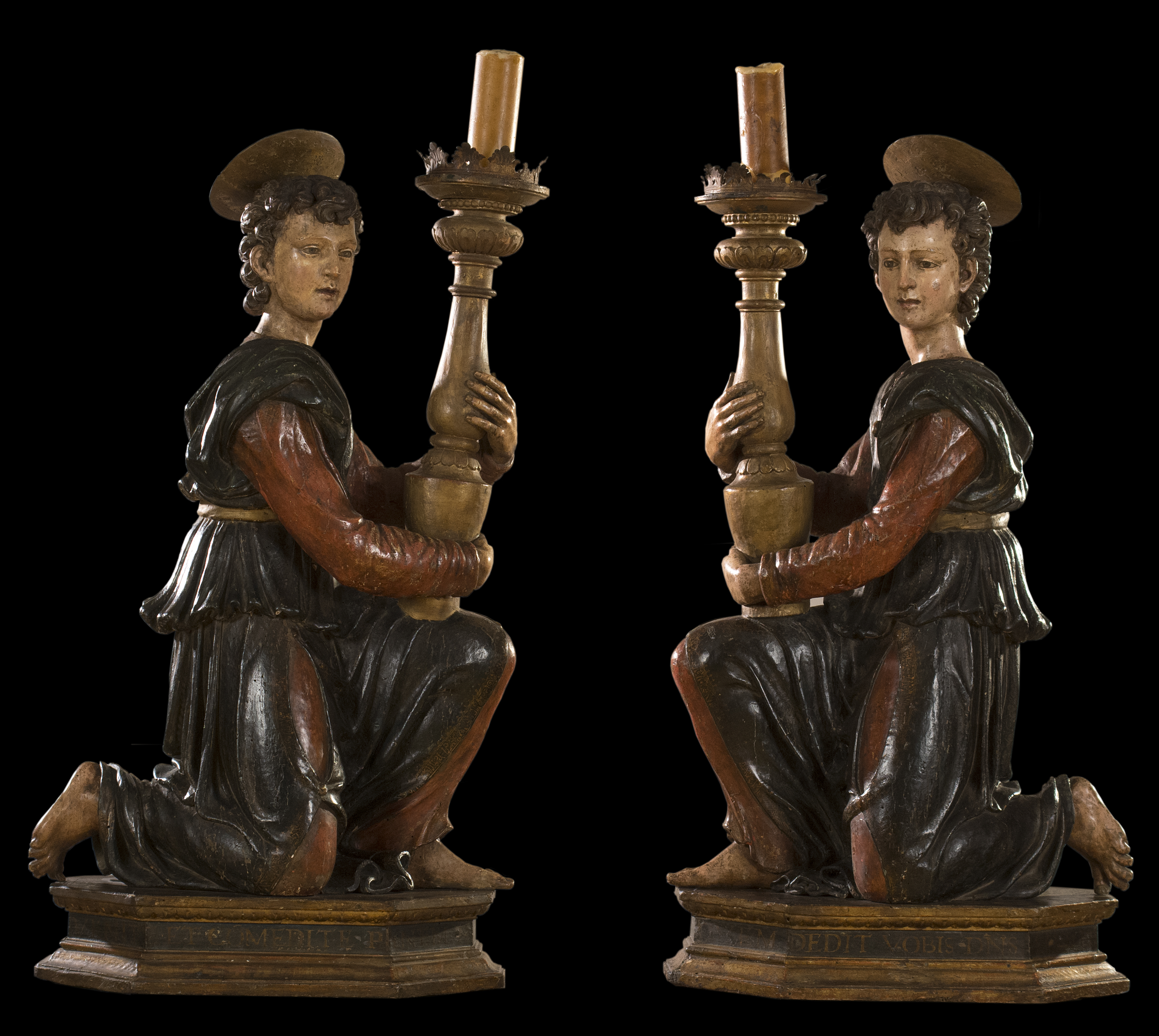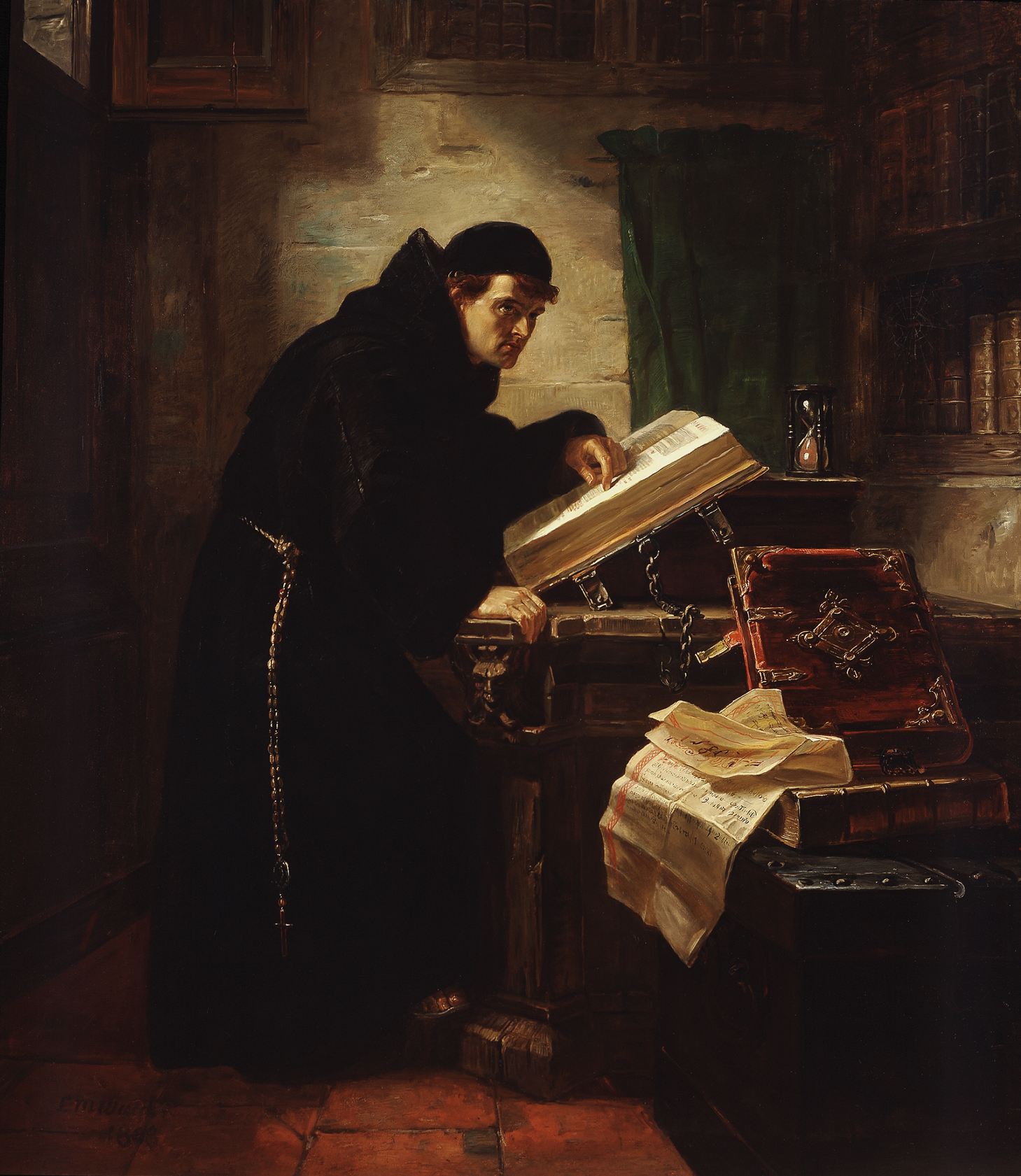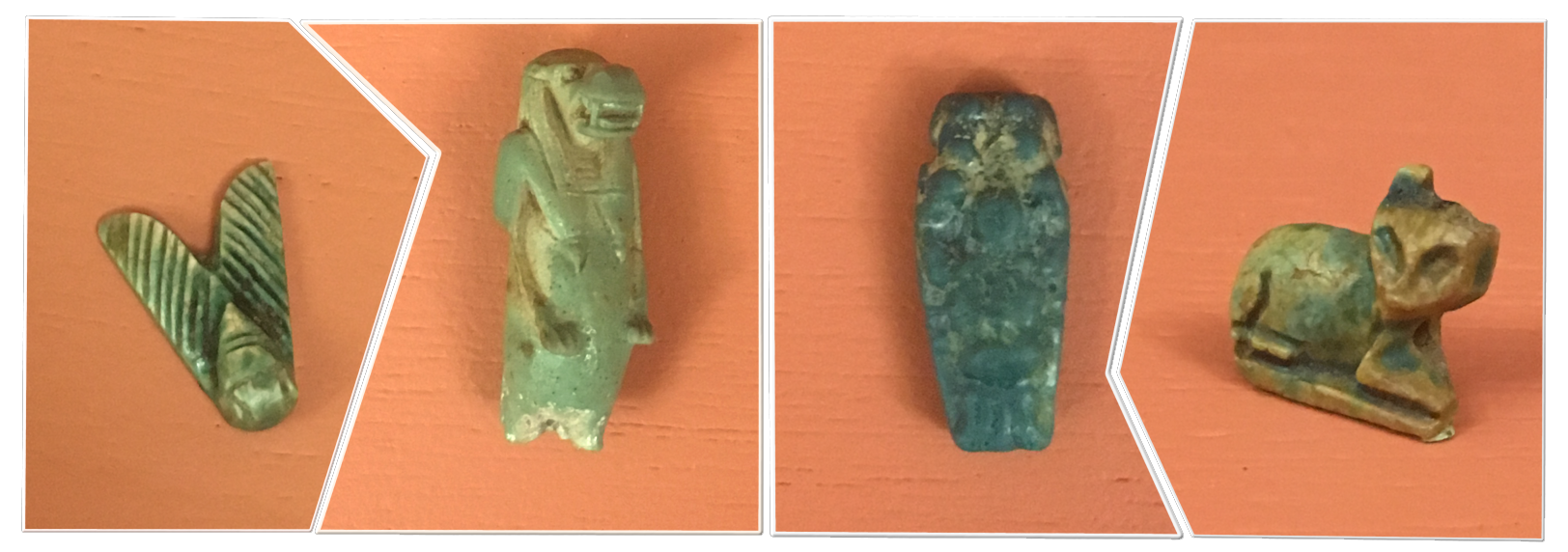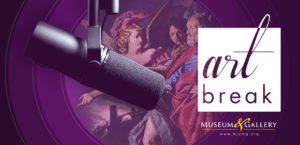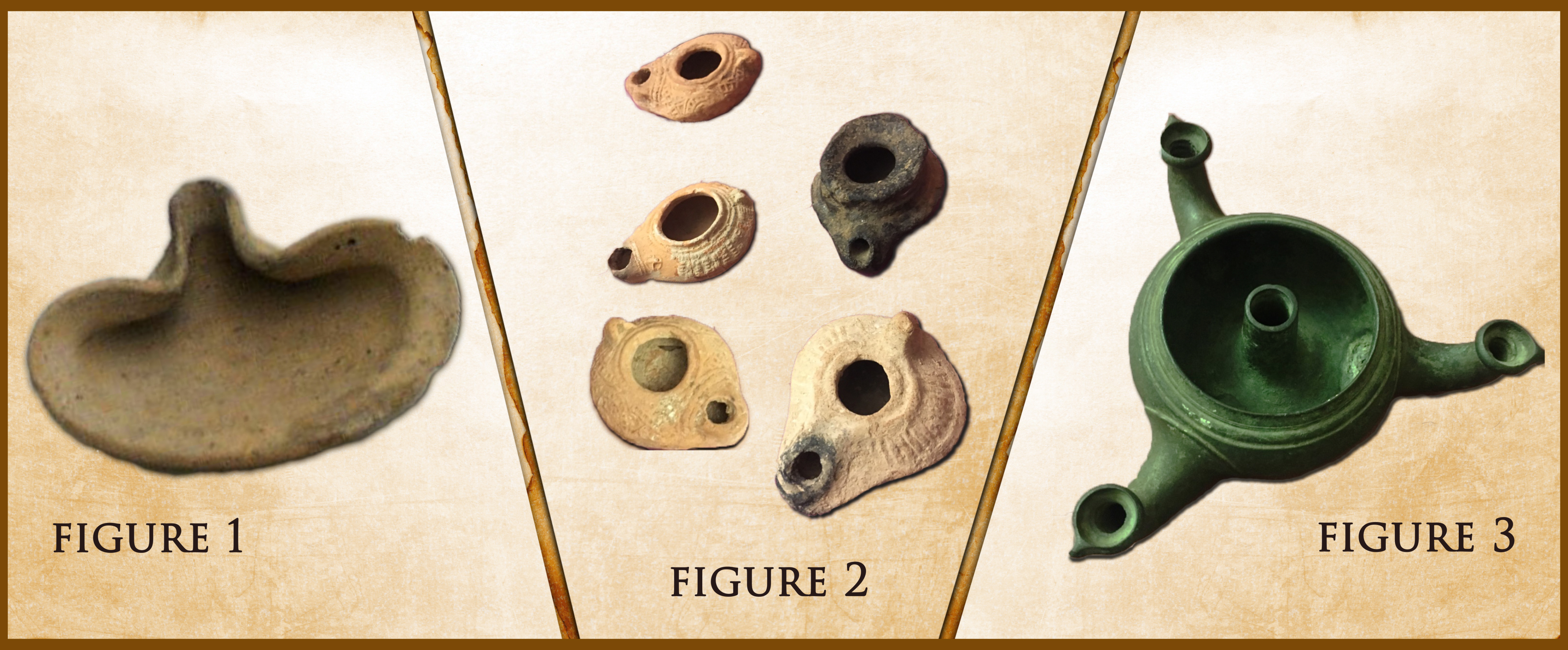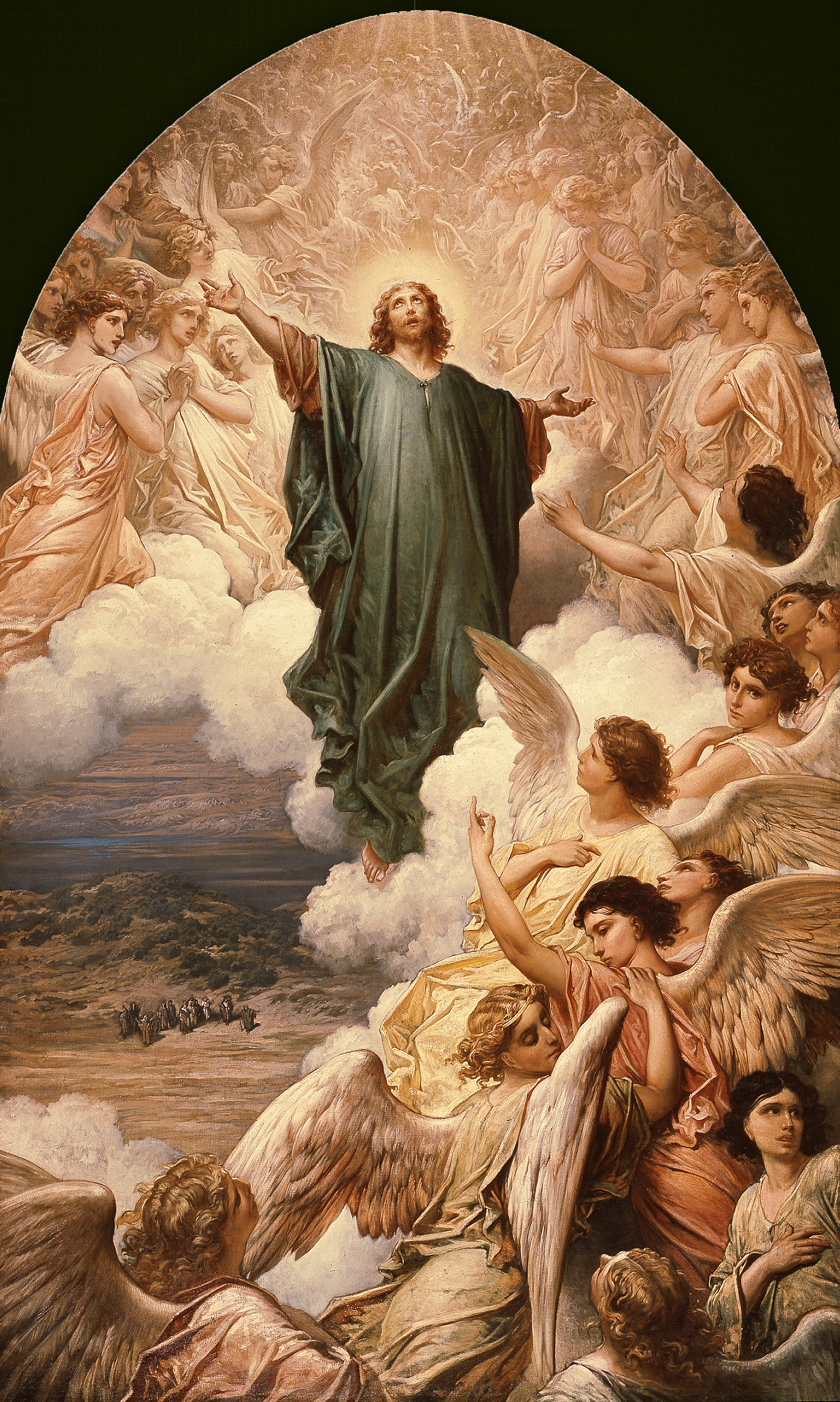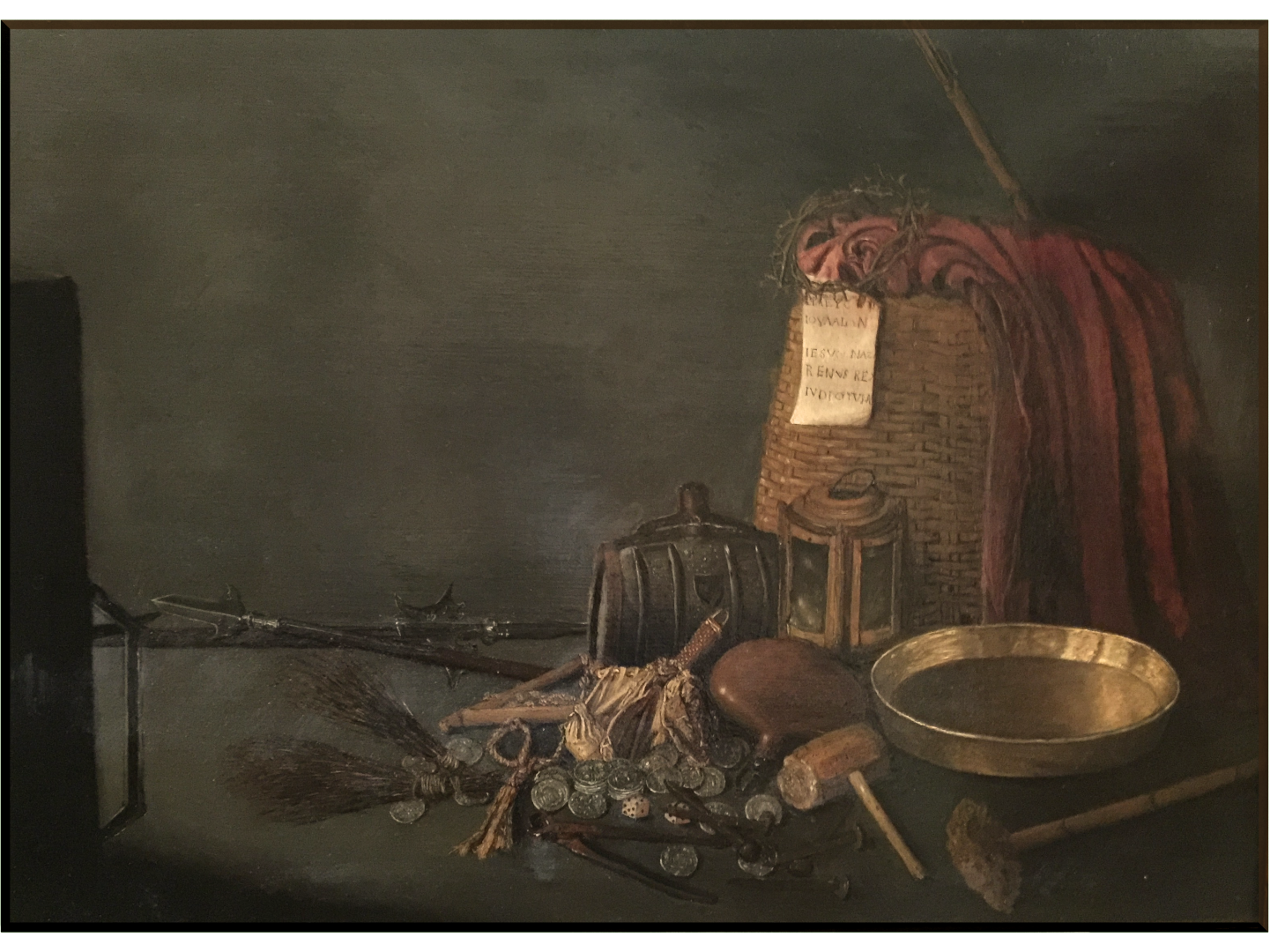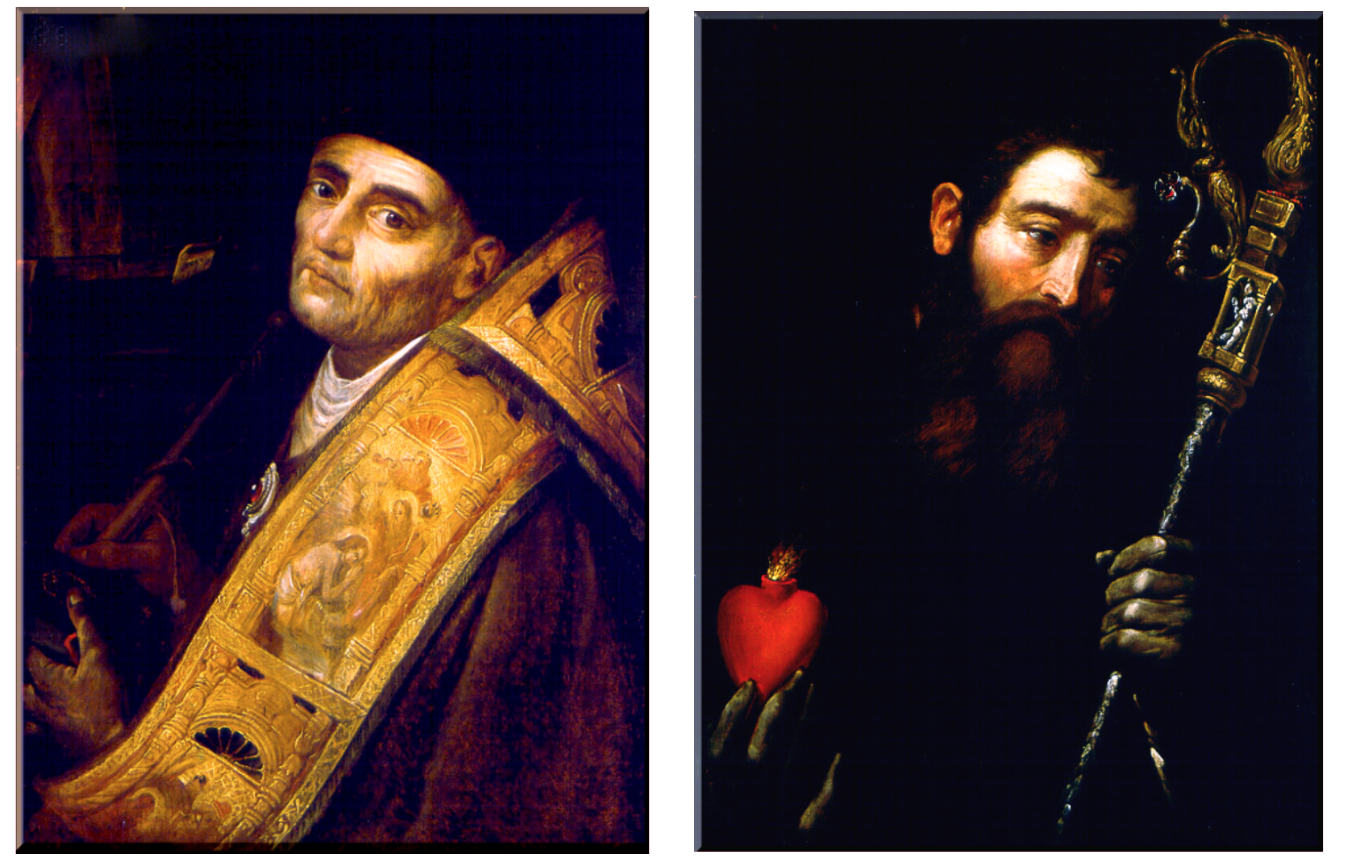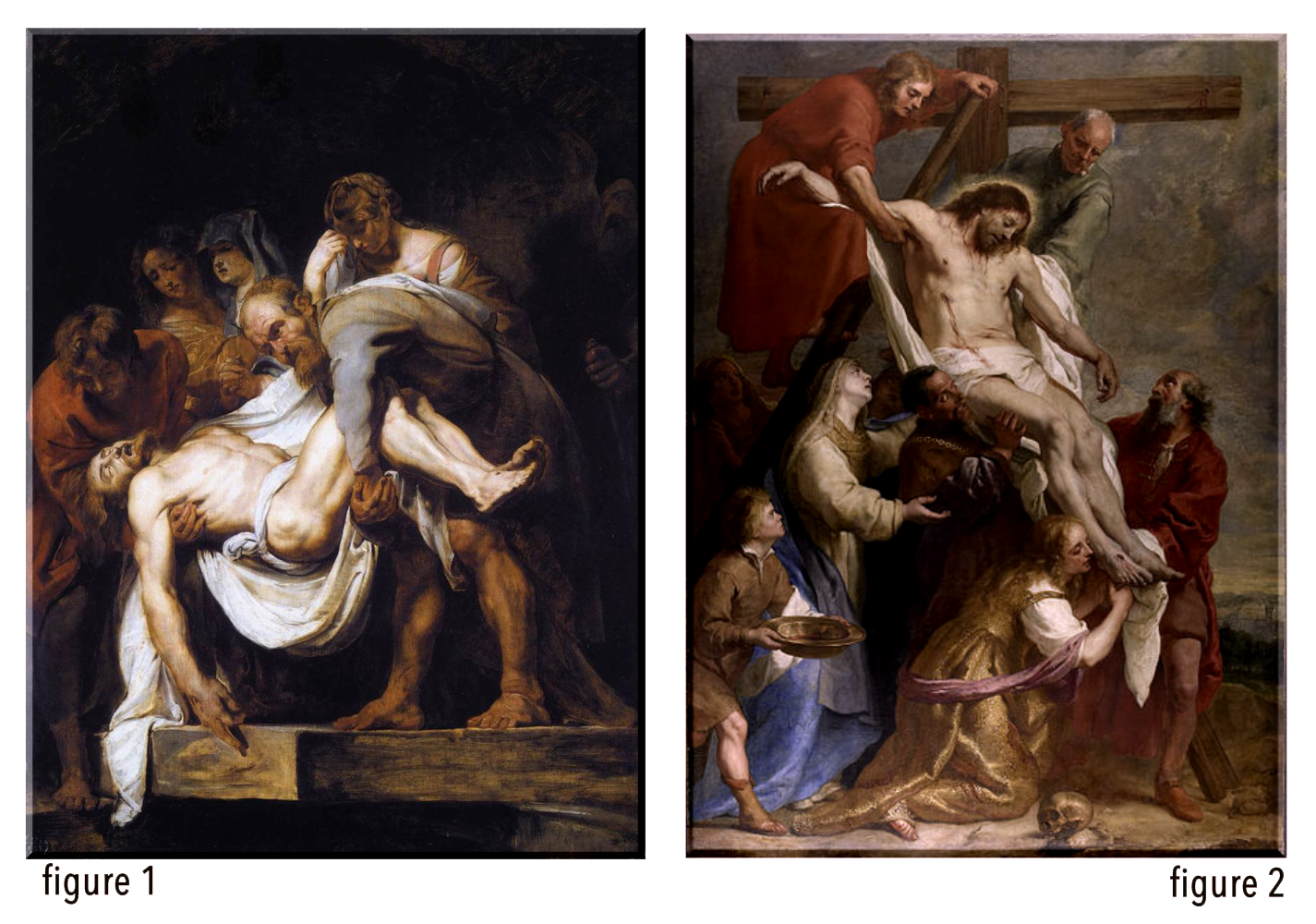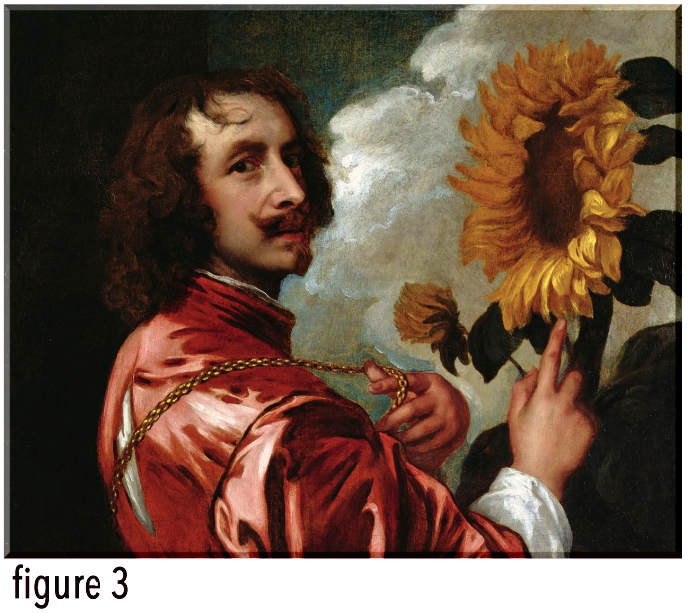The Martyrdom of St. Perpetua and St. Felicitas
Oil on canvas, Signed and dated, Félix Leullier, 1880
Félix Louis Leullier
French, 1811–1882
In this arresting example of the nineteenth-century Romantic style, Felix Louis Leullier uses all the forces of paint and position to create a gruesome depiction of one of the most famous martyrdoms of the Christian church. Little known outside of France, Felix trained with Antoine-Jean Gros, renowned for his depictions of some of Napoleon’s famous battles: Battle of Arcole, Napoléon on the Battlefield of Eylau, and Battle of Abukir. Gros leaves little to the imagination in the spheres of conflict and conquest, so it is no wonder that his student, Felix, would choose to depict a martyrdom in a context resembling the twisted forms often found on a battlefield.
The painting’s setting is the Roman Amphitheatre in Carthage, the North African center of Christianity in the early centuries following Christ’s death and resurrection; there is little more than an outline remaining today of the prominent structure that seated 30,000. Although Felix most likely did not travel to that part of the world, he could have easily participated in a Grand Tour, a customary excursion in the 18th and 19th centuries for men coming of age, to see and learn from the culture and histories of antiquity. Such a broadening and experiential trip included significant time in Rome, where the Colosseum was a chief point of interest and which is very similar to Carthage’s own great amphitheater. The combined influence of travel and exposure to prominent depictions like Granet’s Interior View of the Colosseum in Rome, 1804 and Towne’s The Colosseum, 1781, Leullier opts to create only a faint representation of an outdoor arena.
On March 7, 203 AD, under the rule of the Roman emperor, Septimius Severus, the noblewoman Vibia Perpetua, was executed with her handmaid, Felicitas, and fellow catechumens, Revocatus, Saturninus, and Secundulus. Just a few years earlier in 197 AD in his treatise Apologeticus, Tertullian had posited that “the blood of the martyrs is the seed of the church.” As providence would have it, Tertullian himself was eyewitness and later chronicler to the gripping event portrayed in this work.
In addition to Tertullian’s account and Perpetua’s own prison diary, Passio Perpetuae et Felicitatis, in which she captures much of the detail up until the hour of her entrance into the arena, many attempts to present the event have been created in various media formats. It is contained in older volumes like Foxe’s Book of Martyrs (1563), as well as in more recent accounts like Thomas J. Heffernan’s The Passion of Perpetua and Felicity (2012). It is visible in paintings, drawings, mosaics, stained glass and illuminated manuscripts like Menologion of Basil II; and it has been presented in investigative journalism in the PBS Frontline series, From Jesus to Christ (1998).
Leullier’s visual rendering is indeed grand both in presentation and size, measuring nearly seven feet high by nine feet wide. Though literary works relate that Perpetua and Felicitas were martyred separately from the men, Leullier deviates from the historical account and instead depicts the entire company—the martyrs, the men that assaulted them, and the many animals that mauled them. By placing the massacre in the forefront of the work, the purity and testimony of these Christians’ story cannot be ignored.
Bonnie Merkle, M&G Database Manager and Docent
For further enrichment:
-
Visit the M&G’s Bowen Collection of Antiquities where Roman antiquities are displayed.
-
Visit the Museum of the Bible where 30 objects from the Museum & Gallery collection are exhibited, including a first century Roman funerary altar.
Published in 2018


